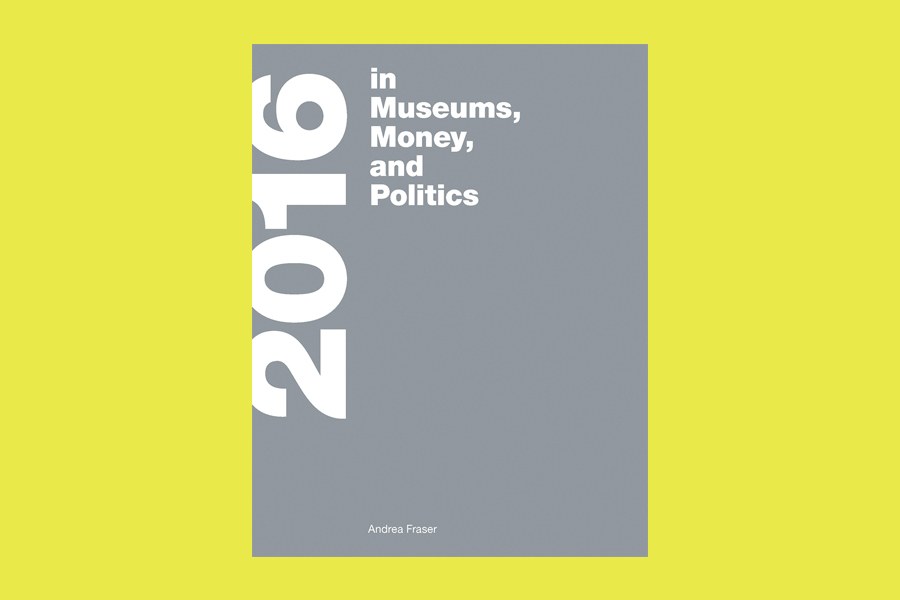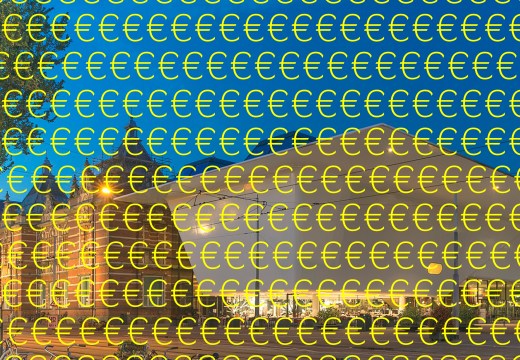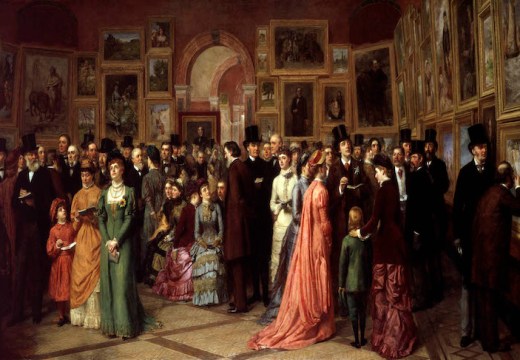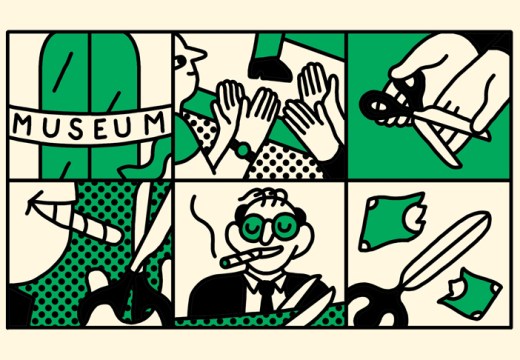In the 2016 US election cycle – the most expensive ever with more than $6.4 billion spent – members of the Whitney’s board of trustees gave approximately $17.7 million to American political action committees and parties.[1] The Whitney is not known for political conservatism. Its exhibitions certainly have their critics – witness last year’s ruckus over Dana Schutz’s Open Casket – but it is currently the site of ‘An Incomplete History of Protest’ (until 27 August). Yet, while $5.7 million of Whitney trustee donations went to the Democratic party and liberal causes, about $12 million went to Republicans and conservatives in the year Donald Trump became president.
Trustees of the Metropolitan Museum of Art gave almost $8 million to political causes in 2016, with about 58 per cent of that total going to Republicans and conservatives. Perhaps less surprisingly, 89.5 per cent of contributions ($4.3 million) from Saint Louis Art Museum board members went to Republicans. However, in downtown LA – a mere limo ride from liberal Hollywood – trustees at the Museum of Contemporary Art also favoured Republicans and conservatives with over 70 per cent of the money they donated, to the tune of $11.1 million.
What does this mean? The question is posed by Andrea Fraser’s revelatory 2016 in Museums, Money, and Politics. This encyclopaedic volume is an index of the interface between art, money and politics in America today. At over 900 pages, and based on extensive scouring of public records, it lists the political contributions of more than 2,000 board members at 128 leading US arts organisations. Fraser is renowned for her institutional critique of museums, but here she has stripped her usual flamboyance down to a stark wall of numbers, producing a major public service in the form of a mammoth muckraking ledger. The result is monumentally informative yet Sphinx-like: what it means is not yet clear. The book must be studied by many in the museum world, who will have to reflect on how to respond to the possibility that their own trustees are now supporting the Trump administration and its attacks on democratic norms.
Fraser’s shrewd introductory essay raises the question of just what is public about American public museums. Unlike European institutions, which are very often state-run, museums like the Met and the MFA Boston emerged from US traditions of voluntary association as private corporations with municipal imprimaturs, claiming to serve public functions while, crucially, eschewing public oversight. Thanks to banker-art collector Andrew Mellon’s initiative of tax breaks for charitable giving in the 1920s, when he was Treasury Secretary, American art institutions grew dramatically in size and number. In the Reaganite culture wars of the 1980s Republicans slashed federal arts funding, while helping themselves to those same tax breaks for their own think tanks, launched in the 1970s as a riposte to liberal philanthropy.
Another key question raised by the book is what exactly is a trustee? Who governs America’s leading art institutions, how are they chosen and what do they actually do? Fraser points out that most major boards almost entirely lack racial or sexual diversity, and their members are often expected to contribute millions of dollars essentially to buy their positions. What do they get for their money? In some cases, the ability to place their own favoured artists in the galleries of public museums and privileged access to other artists, as well as ‘a say in setting the intellectual course of the nation, if not the world, through a leading museum’ – though how this works is not clear.
Fraser disavows any naïve partisan fealty. Democrats’ indifference to the plight of working Americans and courtship of Wall Street helped deliver the 2016 election to Trump and the Republicans, she asserts. Yet the Trump administration, with its assault on healthcare, aggressive tax cuts, its xenophobia and racism, and a pervasive hostility to democratic governance, poses a singular threat to the rule of law. Fraser thus describes her horror on realising the extent of the links between museum trusteeship and right-wing political causes. Against the seemingly unstoppable financialisation of the art market, she insists, supporting art must now entail something more than merely the giving and receiving of money: it requires ‘defending the values and structures of an open and democratic society’. This is an ironic argument because the book shatters the myth that modern and contemporary art is inherently liberal, let alone radical. There is of course no necessary correlation between art, morality and political persuasion. But there comes a time for idealism in the face of corrosive cynicism.
Fraser has provided a powerful tool to question the links between art, money and politics. What effect is art having on politics, and politics on art, for example, when hedge funder and trustee Steven A. Cohen donates heavily both to MoMA and MOCA and also Republican candidates like Chris Christie? As Fraser has shown elsewhere, many trustees favour major tax cuts that not merely serve private interests but affect all of public life. Fraser’s book documents that dangerous project.
Those involved are to be congratulated for publishing this work. At a time when many Americans express outrage at inequities of race and sex, it will be interesting to see if economic inequality inspires similar fervour. Fraser and her colleagues have produced a political time bomb for the art world. But will it go off?
[1] This and the following figures in the book are based on the public records collated by Andrea Fraser in the book under review, which documents the political contributions made by members of the boards of 128 US arts organisations. Fraser lists the contributions as ‘likely’ because ‘identification could not be made with complete certainty in every case’. The book includes the records of more than 36,000 political contributions reported to the Federal Election Commission (FEC) between January 2015 and September 2017, which are linked to 2,411 of the 5,458 individuals serving on the boards of those institutions. For the institutions discussed here. the percentages of likely contributions documented by Fraser are as follows: for the Met, 55 per cent; for the Whitney, 73 per cent; for Saint Louis, 50 per cent, and for MOCA, 68 per cent.
2016 in Museums, Money and Politics by Andrea Fraser is published by Westreich Wagner Publications, CCA Wattis Institute for Contemporary Arts and MIT Press.
From the July/August 2018 issue of Apollo. Preview and subscribe here.
Unlimited access from just $16 every 3 months
Subscribe to get unlimited and exclusive access to the top art stories, interviews and exhibition reviews.














![Masterpiece [Re]discovery 2022. Photo: Ben Fisher Photography, courtesy of Masterpiece London](http://www.apollo-magazine.com/wp-content/uploads/2022/07/MPL2022_4263.jpg)
It’s time for the government of London to return to its rightful home